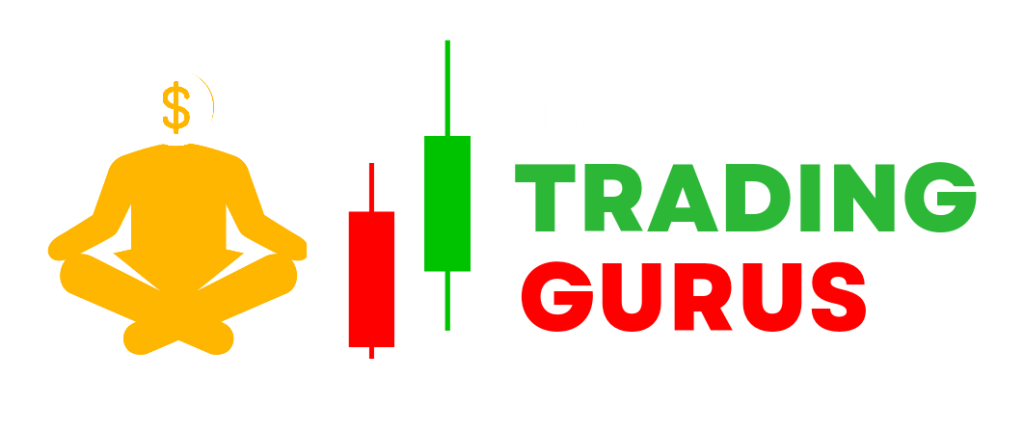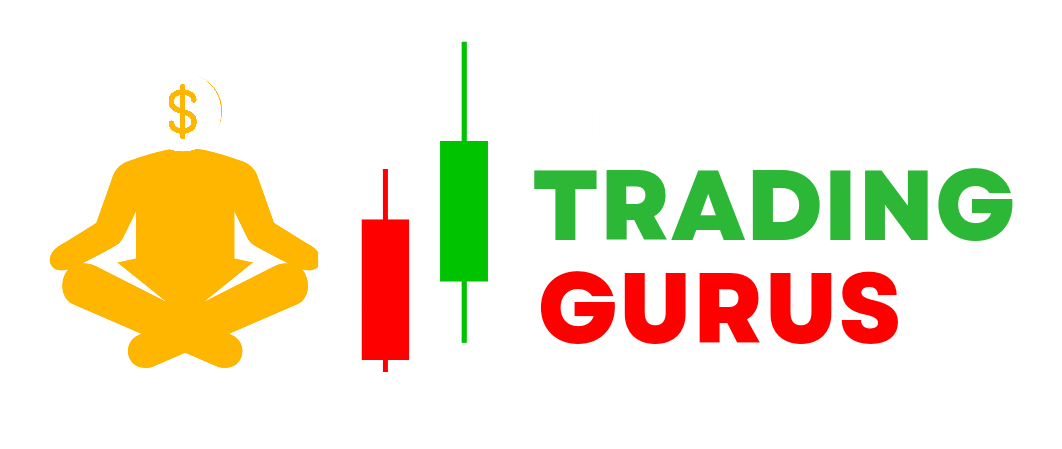How to Read Forex Charts: Essential Knowledge for Traders

Introduction
Reading forex charts is a fundamental skill that every forex trader must possess. Forex charts provide valuable information about price movements, trends, and patterns, aiding traders in making informed trading decisions. Whether you are a beginner or an experienced trader, understanding how to interpret forex charts is essential for navigating the dynamic currency markets. In this article, we will explore the key components of forex charts and provide you with the knowledge you need to decipher them effectively. By the end, you will have a solid understanding of how to read forex charts and use them to enhance your trading strategy. For one on lessons on forex chart analysis, signal providers contact now
Types of Forex Charts
Before delving into how to read forex charts, it is essential to familiarize yourself with the different types of charts commonly used in the forex market. The three main types are:
a. Line Charts: Line charts are the most basic type of forex charts. They display a simple line connecting closing prices over a specified time period. Line charts provide a clear visual representation of the overall price trend but lack detailed information about price fluctuations within the chosen timeframe.
b. Bar Charts: Bar charts provide more comprehensive information by illustrating the price range (high and low) and the opening and closing prices for a given period. Each bar represents a specific time interval, such as a day or an hour. Traders can easily identify the price range and assess the market sentiment based on the position of the opening and closing prices within the bar.
c. Candlestick Charts: Candlestick charts are widely used by forex traders due to their ability to convey detailed price information in an easily understandable format. Each candlestick represents a specific time period and consists of a body and wicks. The body represents the price range between the opening and closing prices, while the wicks (upper and lower shadows) depict the high and low prices during the given period. Candlestick patterns can provide valuable insights into market reversals and continuation patterns.
Key Components of Forex Charts
To effectively read forex charts, it is crucial to understand the key components that make up the chart:
a. Timeframe: Forex charts can be viewed in various timeframes, such as minutes, hours, days, or months. The chosen timeframe determines the level of detail and the duration of price data displayed on the chart. Shorter timeframes provide more granular information, suitable for day trading or scalping, while longer timeframes are useful for identifying long-term trends.
b. Price Axis: The price axis, also known as the vertical axis, represents the price levels. It shows the range of prices displayed on the chart, allowing traders to assess the magnitude of price movements.
c. Horizontal Axis: The horizontal axis represents the time periods or dates. It helps traders identify the specific timeframe they are analyzing and provides a reference for understanding the price movements.
d. Chart Patterns: Chart patterns are formations that occur on forex charts, indicating potential price reversals or continuations. Common chart patterns include head and shoulders, double tops/bottoms, triangles, and rectangles. Recognizing these patterns can assist traders in identifying potential entry and exit points.
e. Technical Indicators: Forex charts often incorporate technical indicators to provide additional insights into price movements. Popular indicators include moving averages, relative strength index (RSI), MACD, and Bollinger Bands. These indicators help traders identify trends, overbought/oversold conditions, and potential price reversals.
Interpreting Forex Charts
Once you are familiar with the types of charts and their components, here are some essential tips for interpreting forex charts:
a. Identify the Trend: The trend is one of the most critical aspects of forex trading. Use the chart’s price action and technical indicators to determine whether the trend is bullish (upward), bearish (downward), or ranging (sideways). Trading in the direction of the trend can increase your chances of success.
b. Support and Resistance Levels: Support and resistance levels are price levels where buying or selling pressure may be significant. These levels are determined by previous price highs and lows. They act as psychological barriers and can provide potential entry and exit points for trades.
c. Analyze Candlestick Patterns: Candlestick patterns can provide valuable insights into market sentiment and potential price reversals. Learn to recognize popular patterns such as doji, hammer, engulfing, and shooting star. Combined with other technical analysis tools, candlestick patterns can enhance your trading decisions.
d. Use Technical Indicators Wisely: Technical indicators can help confirm or validate your trading decisions. However, avoid overloading your charts with too many indicators, as it can lead to confusion. Select a few reliable indicators that complement your trading strategy and use them effectively.
Conclusion
Mastering the skill of reading forex charts is essential for any trader looking to succeed in the dynamic currency markets. By understanding the types of charts, their components, and how to interpret them effectively, you can gain valuable insights into price movements, trends, and potential trading opportunities. Remember to practice and refine your chart reading skills through real-time market analysis. With time and experience, you will become proficient in reading forex charts and use them to make informed trading decisions that align with your strategy.


